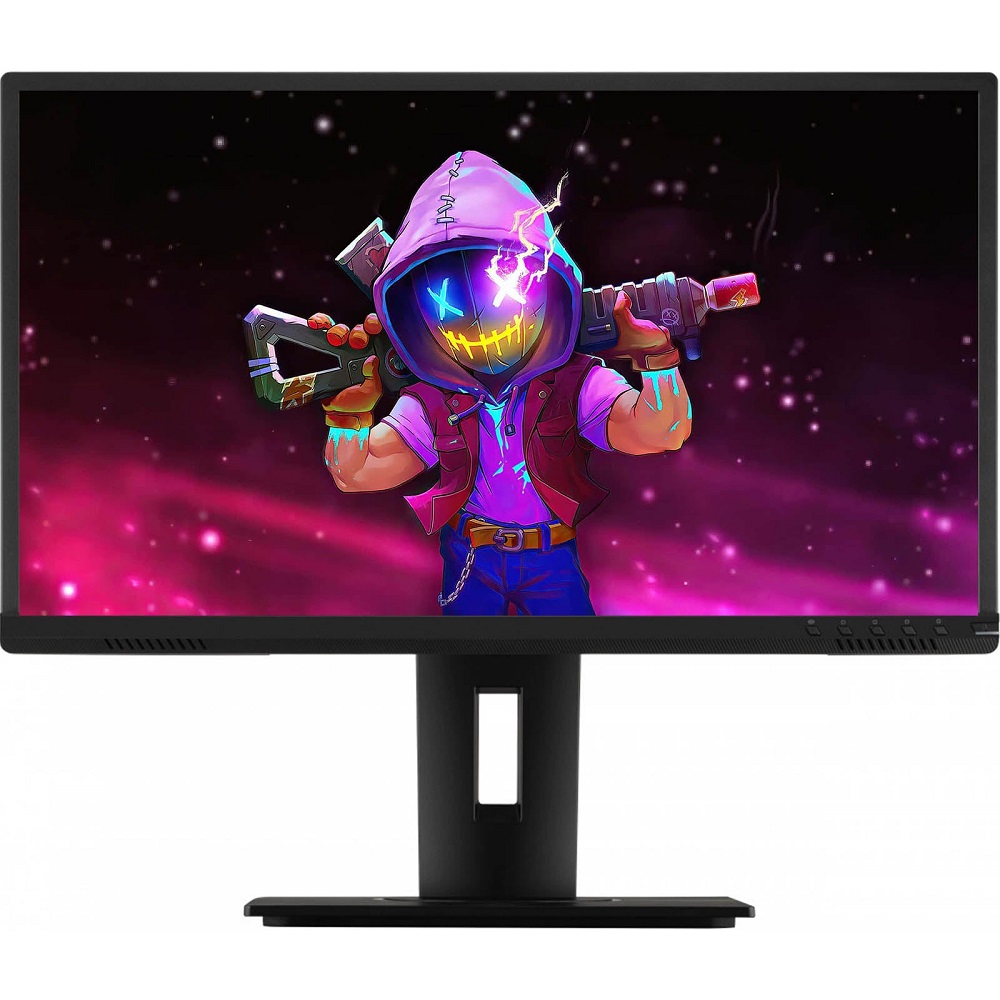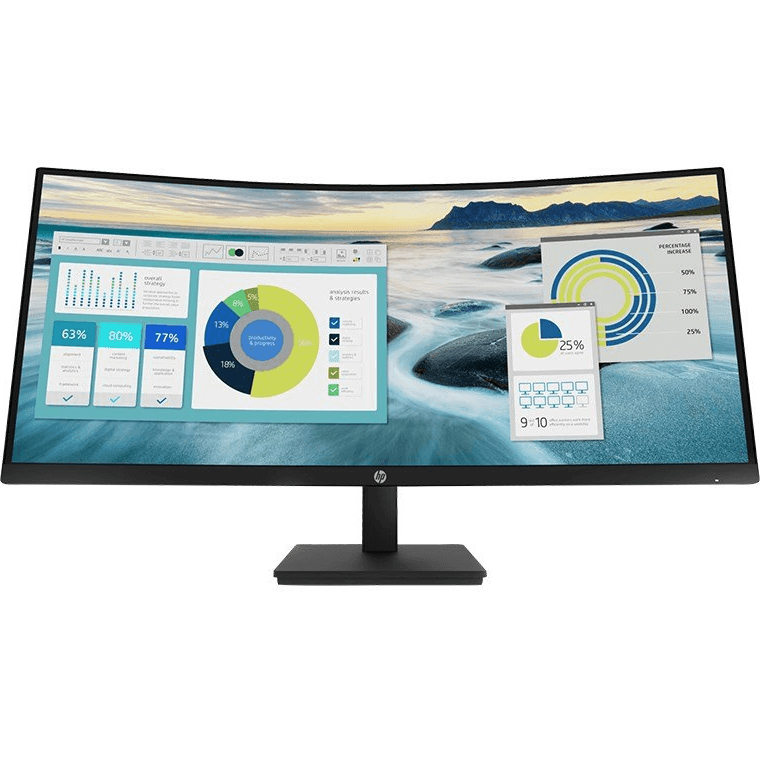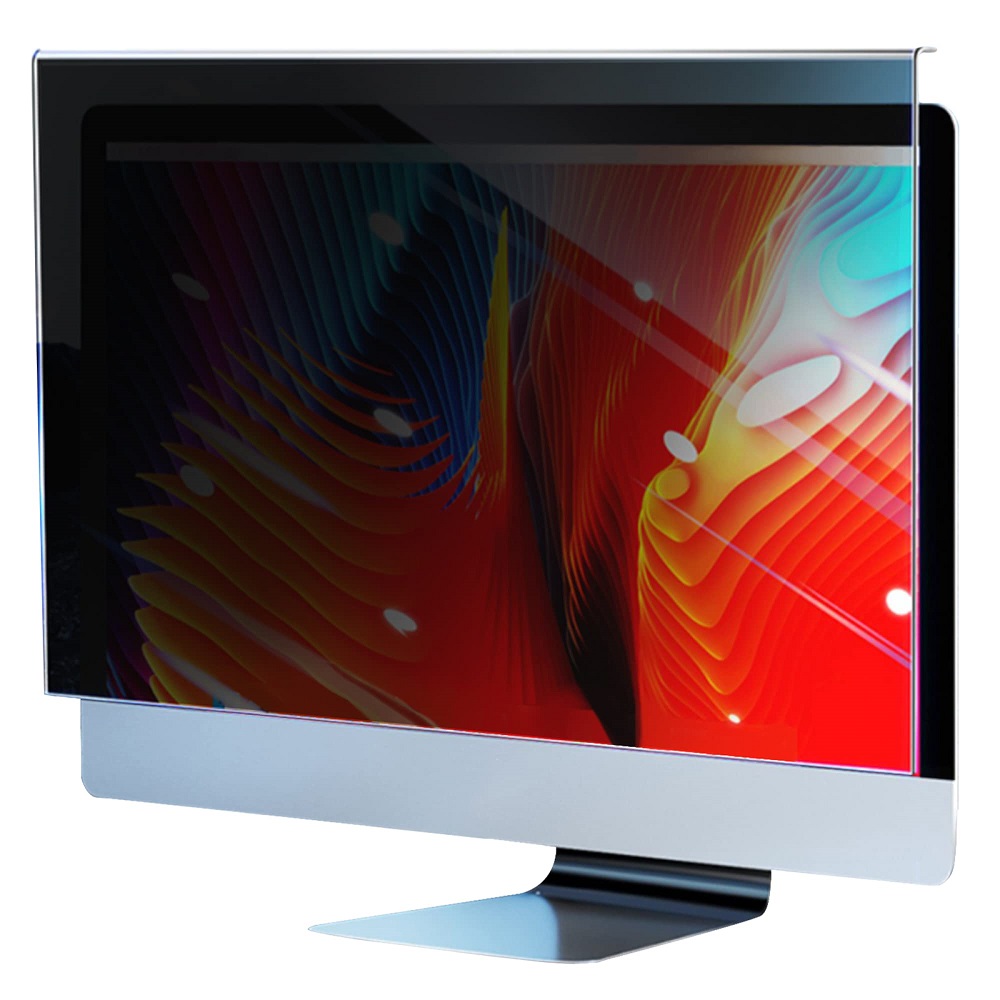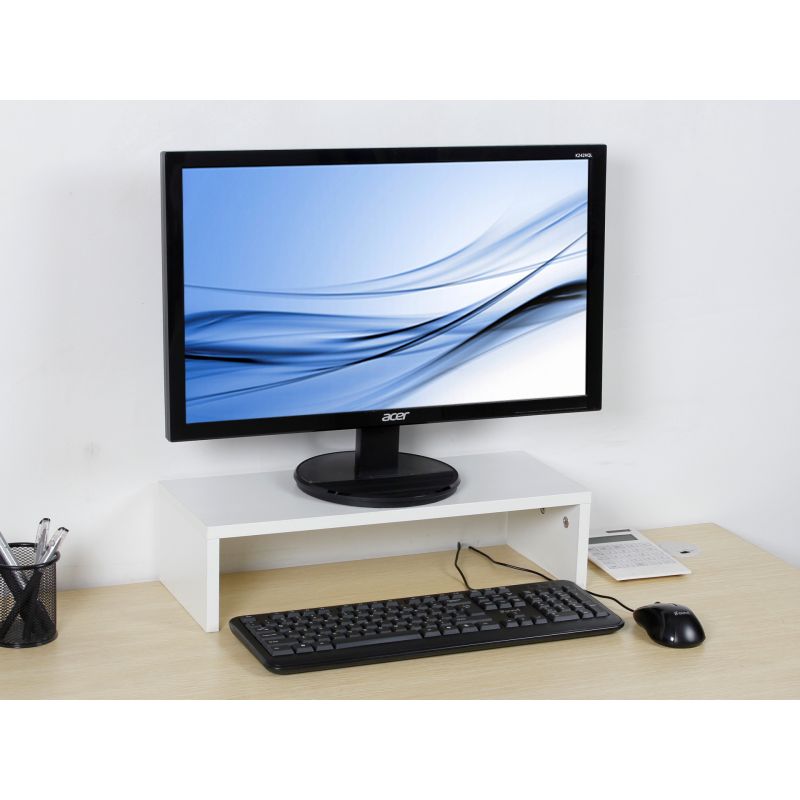Introduction
The landscape of computer screens in New Zealand is evolving rapidly. Technology shifts faster than ever, and understanding the variety of screens available can be overwhelming. In this article, we will break down the different types of computer screens on the market, their uses, and what to look for when making a purchase. By the end of this comprehensive guide, readers will have a solid understanding of computer screens in New Zealand.
Types of Computer Screens Available in New Zealand
LCD Monitors: The Workhorses
Liquid Crystal Display (LCD) monitors dominate the market. They are popular for their affordability and wide range of sizes. LCD monitors use liquid crystals sandwiched between two layers of glass or plastic. When a light source shines through, colors and images display clearly. Users find these screens great for everyday tasks such as web browsing, office work, and video streaming.
One of the significant advantages of LCD monitors is their thin design. They take up less space on desks compared to older Cathode Ray Tube (CRT) monitors. This sleekness also allows for better ergonomics in the workplace. Many LCD monitors come equipped with adjustable stands, enabling users to set their preferred height and angle. This feature is crucial for long hours of work or study.
However, LCD monitors have some drawbacks. Color accuracy can sometimes be an issue, especially in lower-quality models. Gamers and graphic designers often prefer higher-end screens that offer better color reproduction. Still, many reputable brands provide affordable options without sacrificing quality. This balance is essential for those on a budget.
LED Monitors: Bright and Vibrant
Light Emitting Diode (LED) monitors are a type of LCD monitor that use LEDs for backlighting. The result is brighter displays and better contrast ratios. This technology enhances color accuracy and image quality, making it ideal for entertainment purposes. Users can enjoy vibrant graphics in games and high-definition movies.
One popular variant of LED technology is OLED (Organic Light Emitting Diode). OLED screens offer even richer colors and deeper blacks since each pixel generates its own light. This quality makes them favorites among graphic designers and video editors. While OLED monitors tend to be more expensive, their features often justify the price.
In New Zealand, the demand for LED monitors has grown due to their improved capabilities. Consumers are becoming more discerning, seeking screens that provide immersive experiences. This trend has also translated into commercial settings. Businesses increasingly invest in LED monitors for presentations and collaborative workspaces.
Ultrawide Monitors: Expanding Horizons
Ultrawide monitors are gaining popularity in New Zealand, especially among gamers and design professionals. These screens provide a wider field of view, allowing users to multitask more efficiently. With a 21:9 aspect ratio, they offer more screen real estate compared to traditional monitors. This aspect is crucial when managing multiple applications simultaneously.
Gamers appreciate ultrawide monitors for their immersive qualities. The expanded view enhances the gaming experience, pulling users deeper into the action. Additionally, ultra-wide screens are excellent for video editing and graphic design. Editors can view timelines and palettes without constant window-switching. This efficiency is a game-changer for many professionals.
However, potential buyers should consider their desk space before purchasing an ultrawide monitor. These screens can be substantial, and users should ensure they have room for such a setup. Moreover, not all games and applications support ultrawide resolutions. Users must check compatibility to avoid disappointments.
Choosing the Right Computer Screen: Factors to Consider
When choosing the right computer screen, several factors come into play. Users should consider their specific needs before making a decision. Below, we break down key elements that affect the choice of a monitor.
Resolution Matters
Resolution plays a vital role in how sharp and clear images appear. Higher resolutions mean more pixels, resulting in better quality. Common resolutions on the market include Full HD (1920×1080), Quad HD (2560×1440), and 4K (3840×2160). Each has its benefits, depending on usage.
For most typical users, a Full HD monitor suffices. It offers decent quality at an affordable price. However, gamers and creative professionals might prefer Quad HD or 4K monitors. These screens provide excellent detail, especially for high-definition games and media production. Knowing the intended use helps determine the best resolution.
Refresh Rates and Response Times
Refresh rates, measured in Hertz (Hz), indicate how often the screen updates the image per second. A higher refresh rate translates to smoother visuals, particularly important for gaming. Most standard monitors operate at 60Hz, but gamers often look for 120Hz, 144Hz, or even 240Hz panels.
Response time is another crucial aspect, especially for gamers. This measurement defines how quickly a pixel can change colors. Lower response times mean less motion blur and better performance in fast-paced situations. Fans of competitive gaming should prioritize monitors with a response time of 5 milliseconds or lower.
Connectivity Options
Consider the connectivity options when selecting a monitor. Different ports accommodate various devices, from laptops to gaming consoles. Common ports include HDMI, DisplayPort, USB-C, and VGA. Modern monitors typically come with multiple HDMI ports, ensuring compatibility with various devices.
USB-C is becoming increasingly popular due to its ability to transfer data, video, and power through a single cable. This convenience helps reduce cable clutter. Users should ensure their devices are compatible with their chosen connection types to enjoy seamless use.
Buying a Computer Screen in New Zealand
Retail and Online Options
In New Zealand, consumers have multiple avenues for purchasing computer screens. Retail stores are a traditional option. Big-box retailers offer a range of brands and models. Physically seeing a monitor can help consumers assess size and quality effectively. Staff members can provide immediate assistance and answer questions.
Online shopping has transformed the purchasing landscape in recent years. Many consumers prefer the convenience of ordering from home. Various websites compare prices and product reviews, helping buyers make informed choices. Popular sites include local retailers and international e-commerce giants.
Online shopping often features extensive product selections. However, shipping costs can eat into savings. Additionally, buyers cannot physically test a product before purchase. It’s wise to research retailers and read customer reviews to avoid potential pitfalls.
Warranties and Support
Before finalizing a purchase, consumers should consider warranties and after-sales support. A good warranty provides peace of mind, protecting against defects and malfunctions. Most reputable brands offer warranties that last for one to three years.
Before buying, check the warranty details and terms. Some brands feature more extended support and customer care options. Knowing how to reach support can save time and frustration later on.
In New Zealand, consumers can also access local technicians for repairs. Having options nearby helps reduce downtime when repairs are needed, ensuring users can get back to work quickly.
Sustainable Choices in Monitor Selection
Sustainability is becoming a significant factor in consumer decisions. Many buyers are now choosing eco-friendly monitors. Options such as energy-efficient screens help reduce environmental footprints. Look for models with a good Energy Star rating, which indicates efficient energy use.
Brands are also focusing on recyclable materials in construction. Consumers can research companies prioritizing sustainability in their production processes. Selecting eco-friendly products contributes to a greener future.
The Impact of Computer Screens on Daily Life
Enhancing Productivity at Work
Computer screens have revolutionized the way people work today. With high-quality displays, employees can accomplish tasks more efficiently. Visual clarity enhances skills like data analysis, design, and coding. Workers can read text quickly, minimizing eye strain and improving productivity.
Ergonomics also plays a crucial role in workplace efficiency. Properly positioned monitors can help prevent musculoskeletal issues. Adjustable stands and height-appropriate displays lead to better posture. Companies that invest in quality monitors foster healthier and more productive work environments.
Gamers and Enthusiasts: A New Paradigm
For gamers, the computer screen is a gateway to immersive worlds. High-resolution displays enhance detail while high refresh rates ensure fluid movements. Many gamers invest in advanced monitors that accommodate their gaming needs. These setups often include multiple screens for an expansive gaming experience.
Gamers also participate in an ever-growing competitive scene. E-sports require expert skills, and the right monitor can affect performance. Tournaments often favor high refresh rates and low response times, creating a technological arms race. Gamers continuously search for the best equipment to stay competitive.
Social Media and Content Creation
The rise of social media has linked personal devices to screens more than ever. Content creators rely on high-quality monitors for productivity. Graphic designers, video editors, and streamers require precise colors and excellent resolutions. They need screens that bring their artistic visions to life.
As social media continues to soar, content creators must stay ahead. Monitors that cater to visual quality contribute to enhanced viewer engagement. Whether through YouTube, Twitch, or Instagram, the right screen can elevate content quality, attracting more followers.
Future Innovations in Computer Screens
Towards Immersive Experiences: 3D and Beyond
The future of computer screens includes exciting innovations like 3D technology. Virtual and augmented reality are becoming appealing options for both gaming and training. These developments promise to change how we interact with screens. The graphics, sound, and movement create immersive experiences that were once only imagined.
With advancements in display quality, 3D technology becomes more accessible. Companies are investing in research to refine 3D displays, ensuring better comfort and usability. Soon, users may enjoy 3D experiences at home without bulky headsets or specialized equipment.
Sustainability Innovations
As consumers become more environmentally conscious, manufacturers are stepping up. Companies strive to reduce waste and the carbon footprint of computer screens. Expect to see innovations in production processes, like the use of recyclable materials. Displays will cater to sustainability efforts without sacrificing quality.
Green energy initiatives reduce energy consumption during operation and manufacturing. Brands focusing on sustainable practices will lead the way in the future. Buyers will increasingly prioritize eco-friendly options, especially in a market as progressive as New Zealand.
Conclusion: The Road Ahead for Computer Screens in New Zealand
The journey of computer screens in New Zealand is a dynamic tale of innovation and adaptation. Consumer preferences continue to evolve alongside technology. As readers explore the landscape of computer screens, they gain insights and knowledge that help them make wise decisions.
By understanding the various types of monitors, resolution possibilities, and ergonomic options, users can ensure they select the perfect screen. Whether for work, gaming, or content creation, computer screens are the window to our digital lives. With ongoing advancements and sustainability efforts, the future looks bright for monitors in New Zealand. As technology evolves, so will the opportunities for consumers to enhance their experiences through quality screens.
This comprehensive guide arms consumers with information needed to navigate the world of computer screens effectively. The path forward awaits, filled with exciting choices and possibilities.



